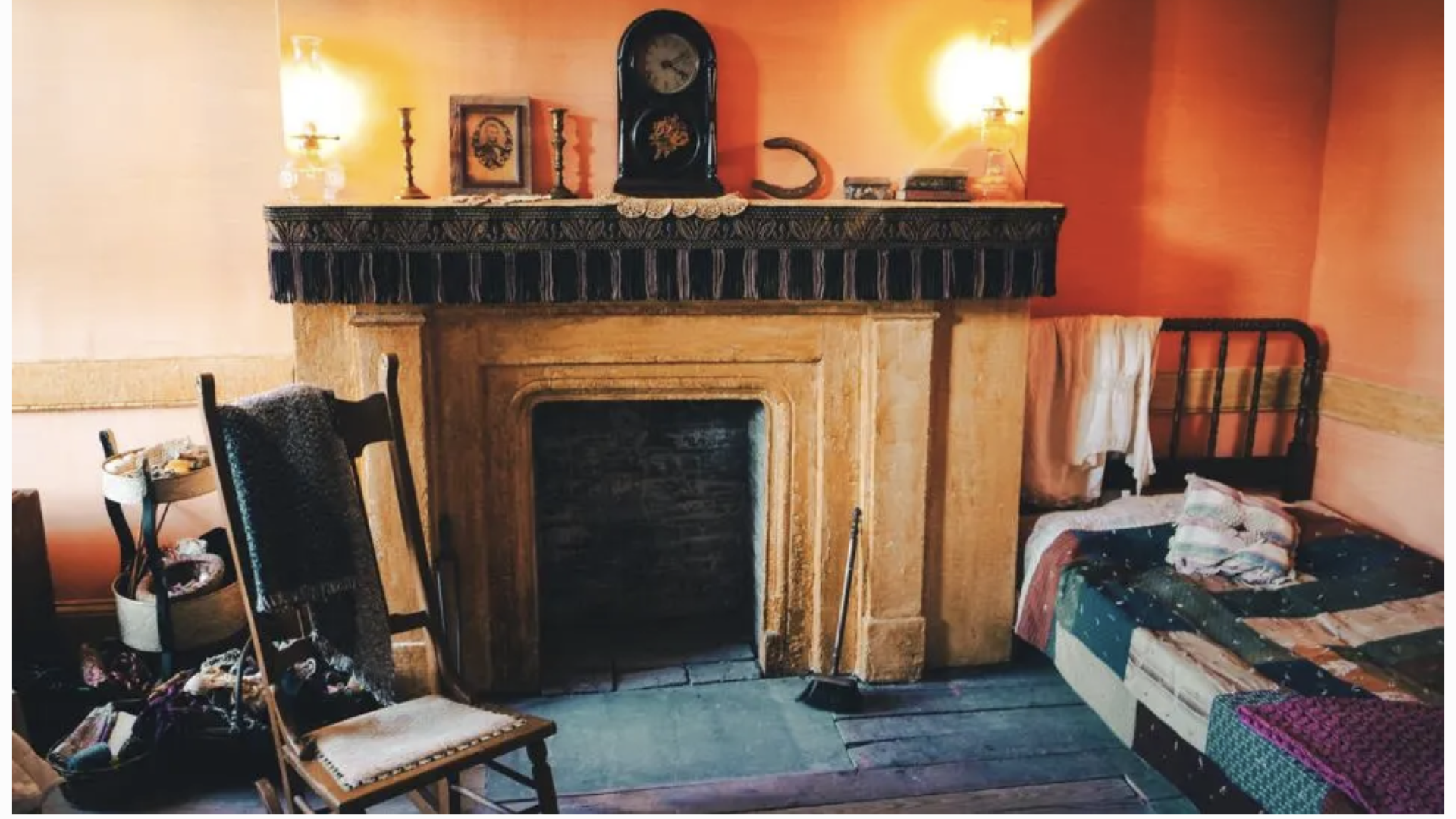
For the first time in its 35-year history, The Tenement Museum in New York City is sharing the story of a Black family with its new exhibit, “A Union of Hope: 1869”.
“A Union of Hope” will be the only permanent exhibit in New York focused on 19th-century Black history during and after the Civil War. It tells the story of a Black family that lived at 17 Laurens St. in the now famous SoHo neighborhood in 1870.
“Too often, the stories of Black New Yorkers in the 19th century have been written out of history,” said Annie Polland, President of the Tenement Museum, in a statement shared with ESSENCE. “With ‘A Union of Hope’, we expand our understanding of migration to New York City by highlighting an untold story from the Civil War era. Decades before Harlem became a Black neighborhood, Lower Manhattan had the largest Black neighborhood in the north, with a crucial network of churches, mutual aid associations, schools, and newspapers. It was in this tenement neighborhood that Joseph and Rachel Moore carved out new lives,” Polland added.
“A Union of Hope” tells the story of Joseph and Rachel Moore, featuring a recreated apartment and more than 200 never-before-seen historical artifacts that share their journey from Belvidere, New Jersey, and Kingston, New York to the Eighth Ward in Lower Manhattan, today’s SoHo. Many Black residents once lived in this neighborhood before urban development forced them to move north or leave the city altogether.
“Exploring Black experiences among the tenements in New York City is crucial to expanding our understanding of immigrant and migrant histories in this country,” said Leslie Harris, Professor of History and Black Studies at Northwestern University and a consulting scholar on the development of the new exhibit. “The story of Joseph and Rachel Moore, who made their way to the city during one of the most tumultuous decades in US history, shines a light on how the first generation of free Black Americans confronted the limits and expanded the promise of this nation’s evolving ideals during the revolutionary Civil War Era.”
Interactive tours will examine how Joseph and Rachel’s migration to New York during the Civil War placed them at the epicenter of significant social, political, and economic movements of the time, such as the ratification of the 15th Amendment, the New York City Draft Riots, the emergence of Black media, the growth of networks of mutual aid, urban development and community displacement and beyond.
“In researching ‘A Union of Hope’ we were intentional about ensuring Black New Yorkers are at the forefront of telling their own stories,” said Marquis Taylor, lead researcher for the exhibit. “It’s exciting that visitors and students will now be able to learn from this wealth of previously unexplored material, curated from a period when Black New Yorkers’ voices have often been marginalized or unacknowledged,” Taylor said.





